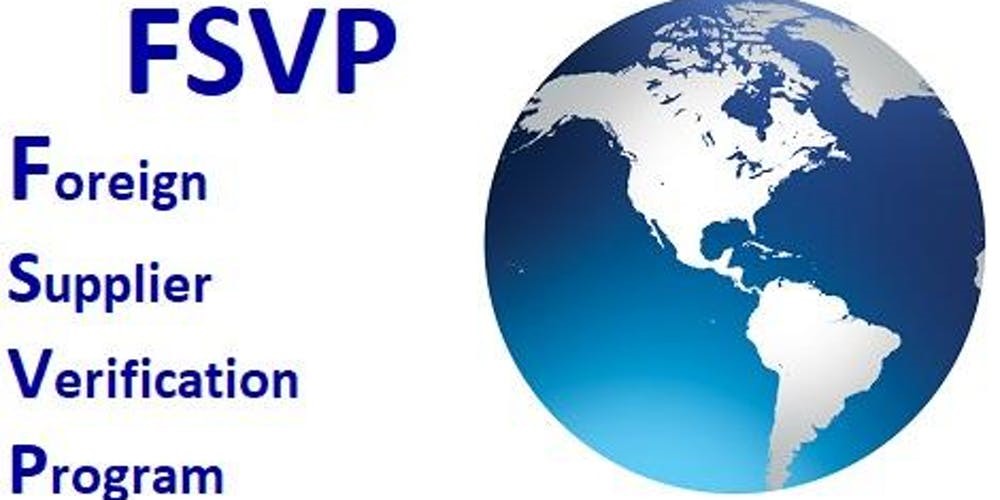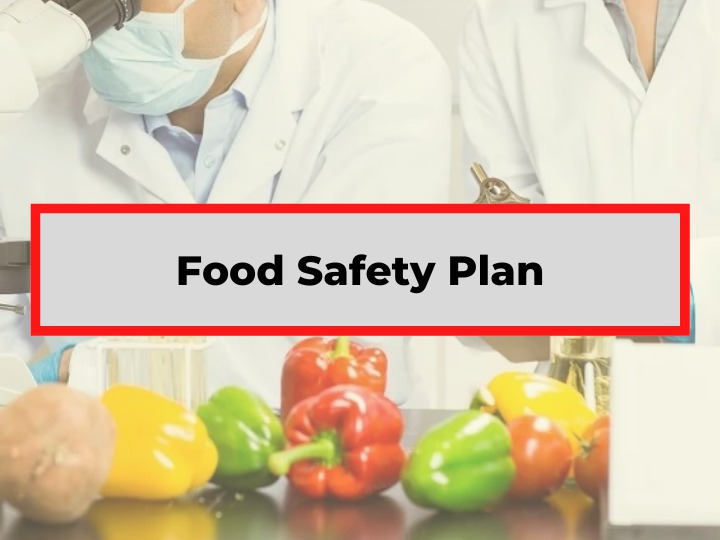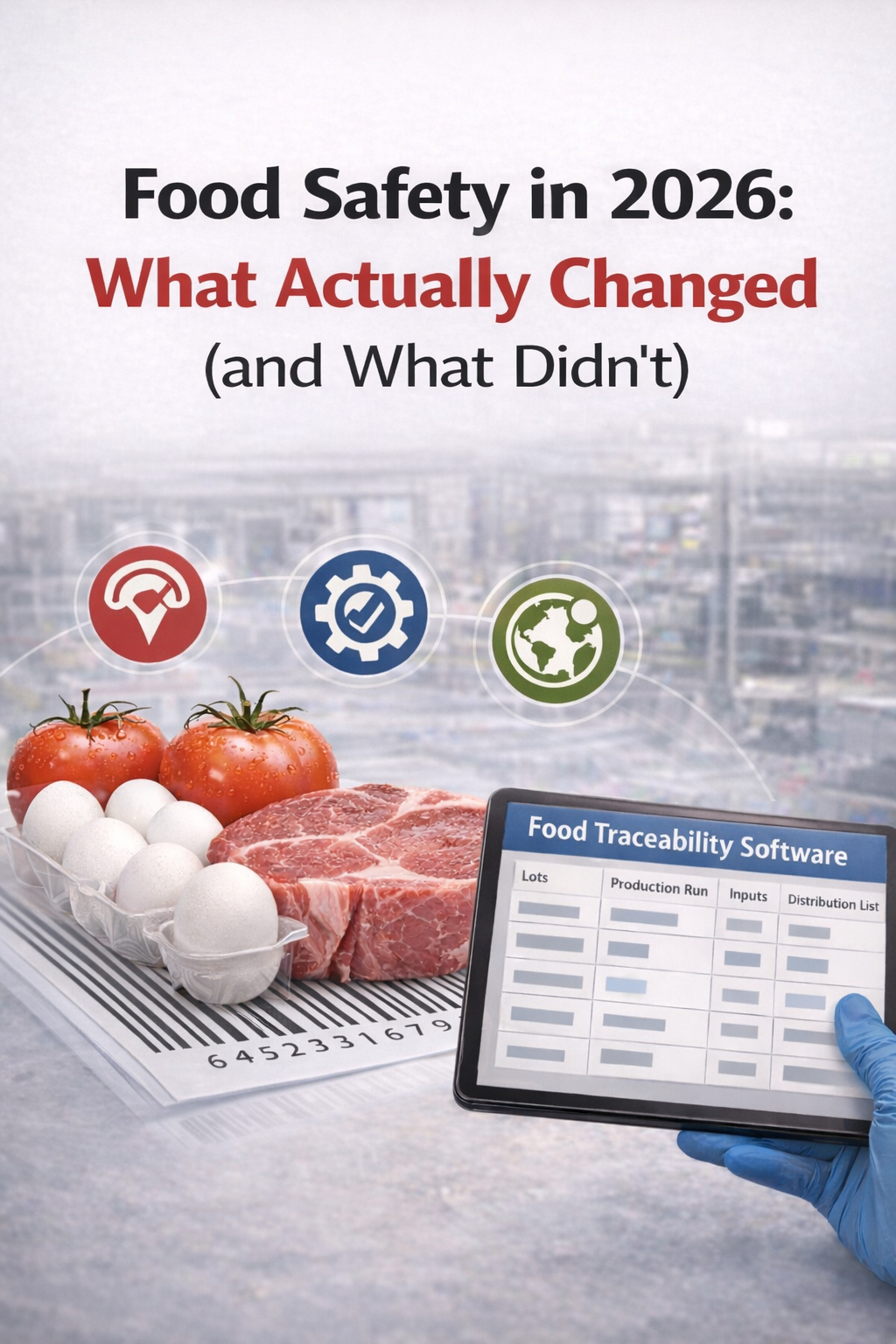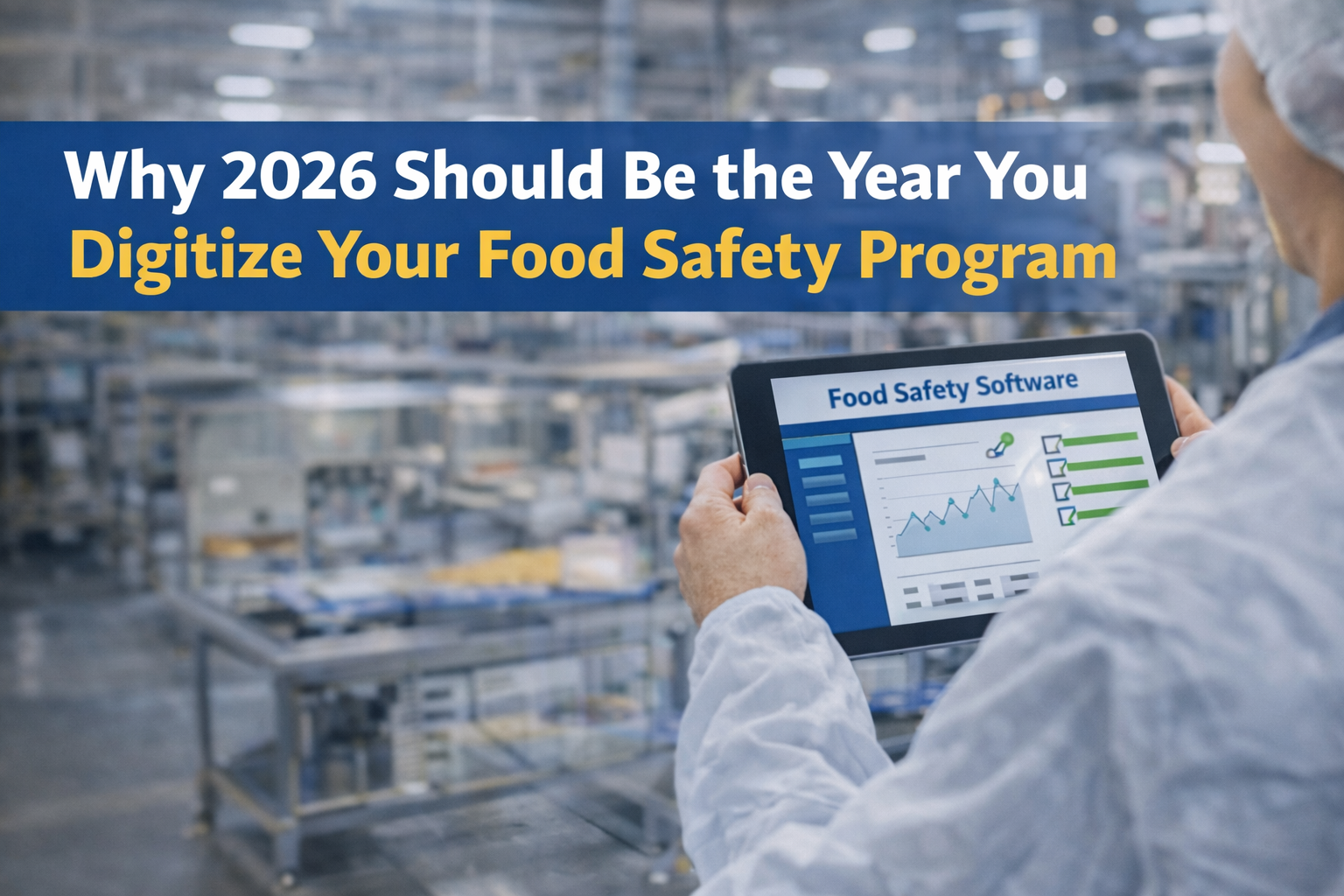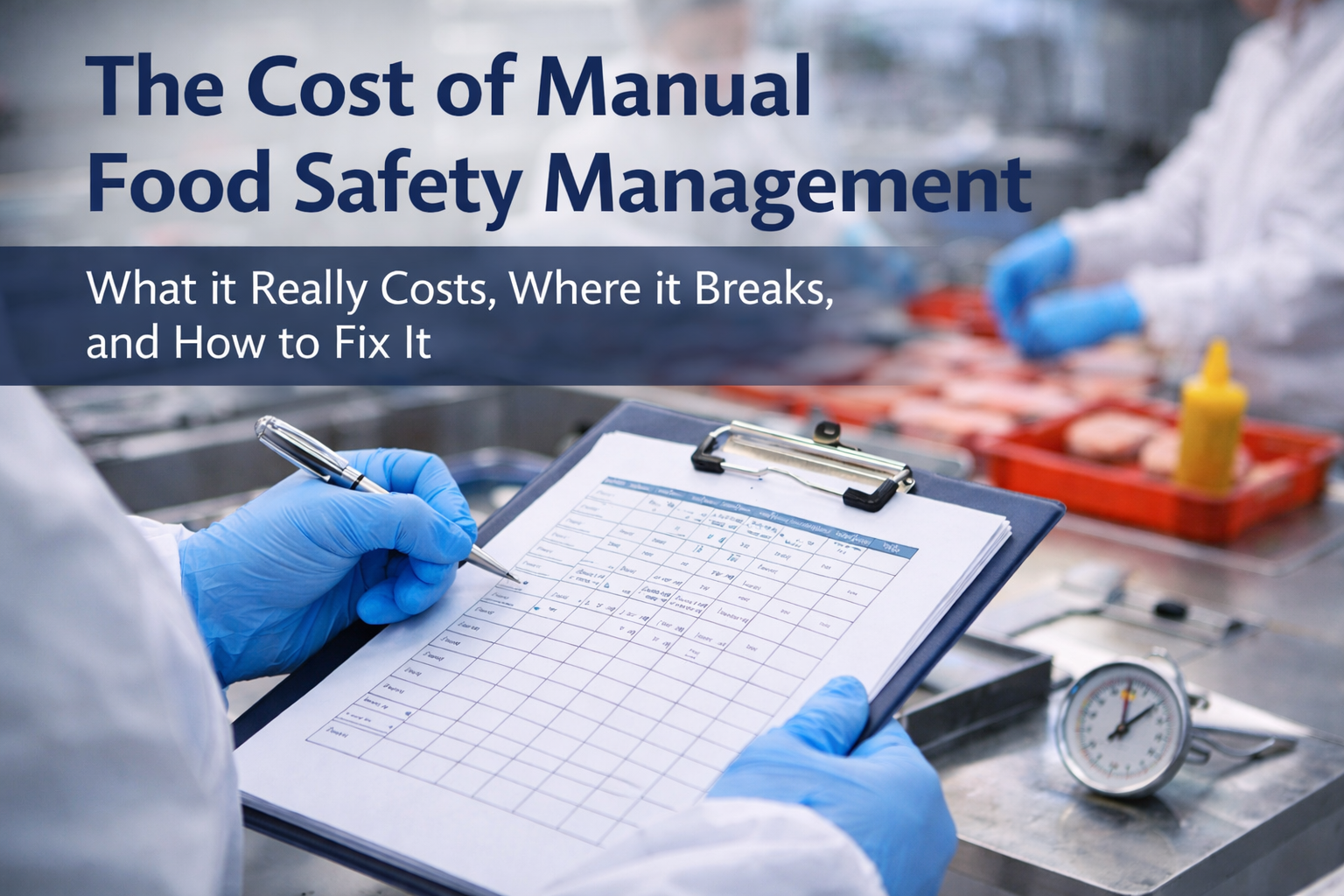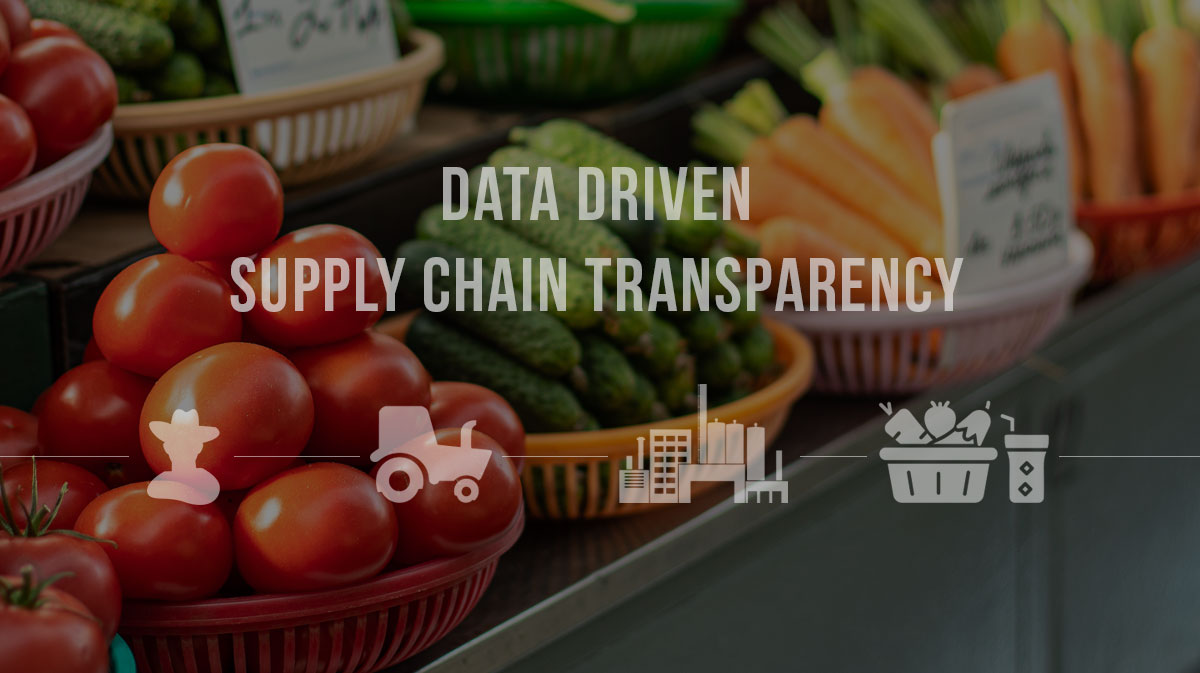Ensuring the safety of our global food supply chain is paramount, and the USA's Foreign Supplier Verification Program (FSVP) plays a pivotal role in achieving this goal. In this comprehensive guide, we'll delve into the intricacies of FSVP, providing a step-by-step approach along with examples to illustrate its implementation.
Understanding FSVP
The Foreign Supplier Verification Program is a regulatory initiative established under the Food Safety Modernization Act (FSMA). It places the responsibility on importers to verify that their foreign suppliers meet the same rigorous food safety standards as domestic producers. The aim is to prevent food safety hazards and ensure the delivery of safe consumables to consumers.
Why FSVP Matters
As our plates become more diverse with culinary delights from around the globe, the need for a robust verification system is evident. FSVP acts as a safeguard, ensuring that imported food items adhere to the same safety standards as those produced locally. This is critical in protecting consumers from potential health risks associated with substandard or unsafe products.
Step-by-Step Approach
1. Identification of Key Players
Start by identifying your foreign suppliers. Whether it's exotic spices from India or premium olive oil from Italy, understanding who contributes to your supply chain is the first step in ensuring global goodness.
Risk Assessment
Conduct a thorough risk assessment for each supplier. Consider factors such as the supplier's history, the nature of the product, and the region's prevalent safety standards. Identifying potential hazards is crucial in establishing a robust verification process.
3. Verification Procedures
Develop comprehensive verification procedures. This involves scrutinizing various aspects of the supply chain, from production processes to transportation and storage. Implementing a systematic approach ensures that each link in the chain meets the required safety standards.
4. Corrective Actions
Anticipate and plan for corrective actions. Despite meticulous planning, unforeseen circumstances may arise. Having a strategy in place to address issues promptly and effectively is essential to maintaining the integrity of the supply chain.
5. Documentation
Keep meticulous records of the verification process. Documentation serves as a crucial tool in demonstrating compliance with FSVP requirements. This includes supplier agreements, inspection reports, and any corrective actions taken.
Examples in Action
Consider a scenario where a company imports seafood from a supplier in Southeast Asia. The identification process involves understanding the supplier's location, production methods, and compliance with local regulations. A risk assessment identifies potential hazards, such as contamination during transportation.
Verification procedures include on-site inspections of the supplier's facilities, ensuring adherence to hygiene standards and proper handling practices. If an issue is detected, corrective actions may involve implementing additional quality control measures or adjusting transportation protocols.
Documentation in this case would include supplier agreements detailing safety expectations, inspection reports outlining compliance, and records of any corrective actions taken.
Integrating Food Safety Software
To streamline the FSVP process, many businesses are turning to food safety traceability software. These advanced solutions offer real-time monitoring, automated documentation, and enhanced traceability. One such notable software is NORMEX's food safety software.
NORMEX Food Safety Software
NORMEX's comprehensive food safety software encompasses features such as document management, traceability, supplier management, hazards analysis, quality management, and health and safety management. By integrating such software into the FSVP process, businesses can enhance efficiency, reduce manual errors, and ensure a seamless compliance journey.
Proposing a Demo
For those looking to elevate their food safety practices, a demonstration of NORMEX's software is a valuable step. A live demo allows businesses to explore the software's features, understand its applicability to their specific needs, and witness firsthand how it can contribute to a robust FSVP implementation.
To book a demo and embark on a journey towards enhanced food safety, visit [NORMEX Demo](https://normex.ca/demo).
In conclusion, navigating the USA's Foreign Supplier Verification Program is a multifaceted process that demands attention to detail and a commitment to excellence. By following a systematic approach, integrating advanced food safety software, and staying proactive in risk management, businesses can not only meet FSVP requirements but also contribute to the global goodness of a safe and diverse food supply chain.

